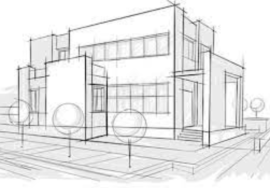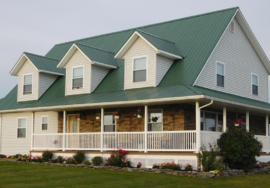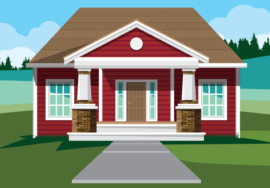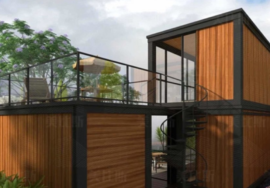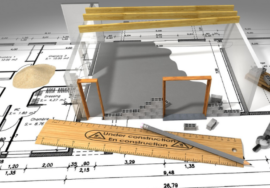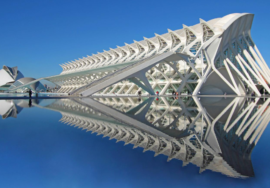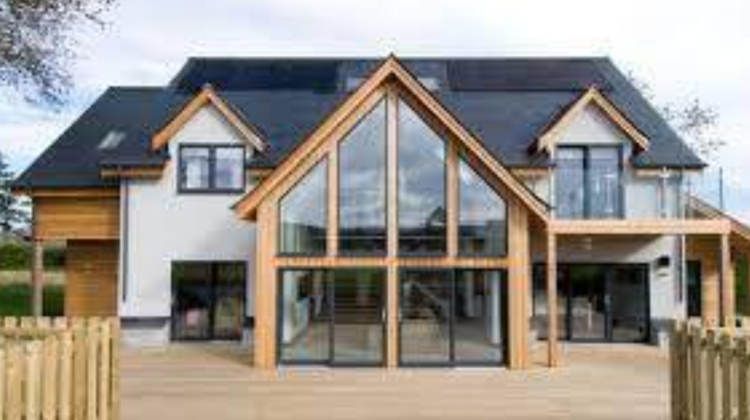
How popular is prefabricated housing? This question is often asked by those who are interested in building their own homes. The answer may surprise you.
The prefabricated housing market has been around for decades and the popularity of this building system has grown steadily in that time period. A question often asked by those interested in building their own homes is How popular is prefabricated housing? The answer may surprise you.
What Exactly Is Prefabricated Construction
Before discussing why modular home construction and similar methods have become so popular, it’s important to clarify what people mean when they talk about prefabricated or modular construction. For starters, it has nothing to do with artificial intelligence: A structure isn’t actually built piecemeal by robots – at least not yet! Instead, modular homes are built much like any other house on a factory floor, but after assembly is complete, sections of each home (usually ranging from one room to an entire wing) are loaded onto semi-trucks and transported to your site for easy installation.
Who Uses Prefab Homes
Prefab homes, also known as factory-built houses, have become a popular choice for thousands of homebuyers over the past couple of decades. While most prefab construction is reserved for smaller structures, such as cabins and storage sheds, there has been an increase in modular-home orders across North America and around 70% of all new home sales are from these facilities each year. More than just a dorm room on steroids, modular residences can be larger than conventional builds with customizable layouts. As a result, they’re becoming a growing consideration for homeowners looking to add living space that’s both energy efficient and cost effective while appealing to all tastes, including family/entertainment rooms or wine cellars and outdoor terraces. For example, Applewood Homes offers spacious floor plans ranging from 1,200 square feet to more than 3,000 square feet with up to five bedrooms and two bathrooms. These units include open floor plans, cathedral ceilings and skylights. Many of Applewood’s designs come standard with built-in appliances (refrigerator included), hardwood floors and 10 insulated walls – perfect for keeping warm during chilly winters or cool during hot summers. With Applewood Homes’ three bedroom models starting at $75 per square foot ($250K), it’s easy to see why so many Americans are choosing factory-built homes over traditional stick built dwellings.
Pros and Cons of Building with Prefab Homes
Prefabricated housing can offer a number of advantages over conventional home construction. Firstly, it allows for increased production speed and efficiency due to mass-production methods, which means that all necessary components and materials can be delivered faster than if they were being built individually on site with normal construction practices. Secondly, creating a highly customized and personal home or multi-unit development with these designs reduces wasted time and resources during the final phases of production. What’s more, modular designs allow customers to make adjustments as they go while significantly reducing delays after product has been delivered to your lot or construction site . Lastly, prefabricated houses are typically constructed from durable materials that will last longer than traditional homes. However, there are some disadvantages to using pre-built modules rather than building each component yourself. For example, some people prefer to have complete control over every aspect of their home design and choose not to use pre-made modules because they do not like how certain aspects look or fit together; however, most companies providing prefabricated housing options provide a wide variety of customization options so that you can easily create your dream house without having any issues with individual pieces fitting together improperly.
Commonly Asked Questions about Prefabs
Although prefabs have been around for more than a century, they remain something of a mystery to many people. As with any home construction method, there are questions surrounding these buildings that many potential homeowners want answers to before they choose a prefab builder or decide to take on the job themselves. Here we answer some of these frequently asked questions about prefabs: Q: What is a modular house and what makes it different from a mobile home? A: Modular homes (also called panelized houses) can be identified by vertical structural components that are constructed in an off-site manufacturing facility and then delivered to your property as flat panels ready for assembly. These structures typically feature higher quality materials than traditional stick-built homes. Mobile homes, on the other hand, are built at a location away from where they will ultimately be placed and must comply with federal standards established by HUD. Q: How much do prefabricated houses cost? A: One of the biggest advantages of modular housing is its affordability when compared to traditional stick-built construction methods. In addition to saving money during initial purchase, modular owners report lower monthly utility bills because of better insulation. In fact, according to HomeAdvisor’s 2016 Cost vs Value Report , modular homes cost 33 percent less per square foot over time than traditionally built ones—and tend to appreciate faster too! Q: How long does it take to build a house using prefab methods?


